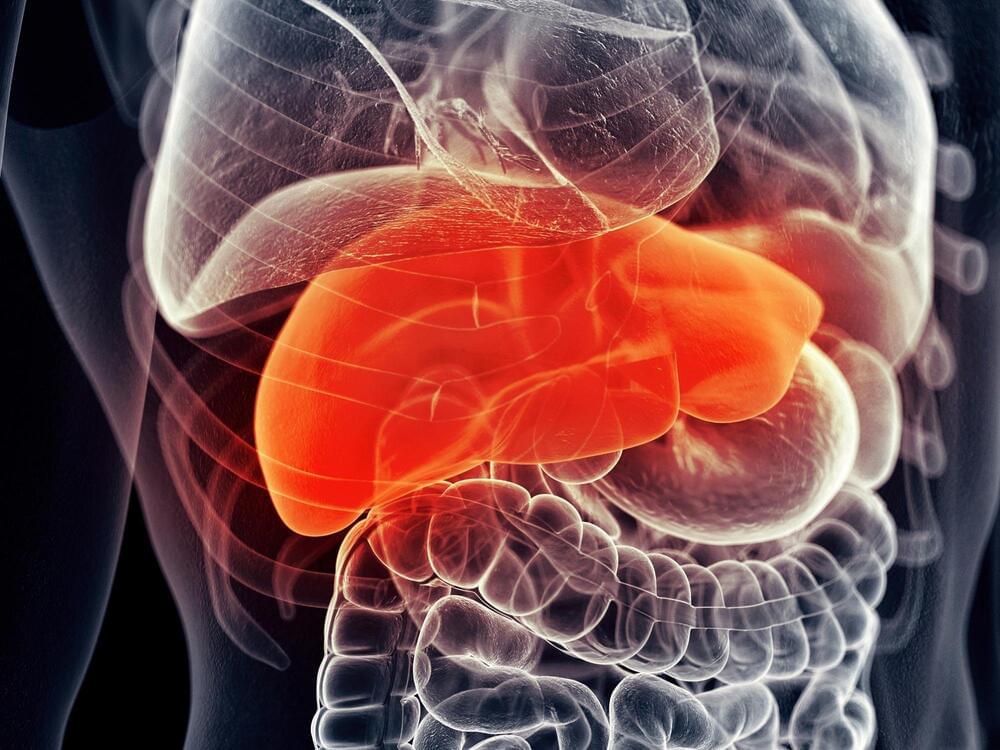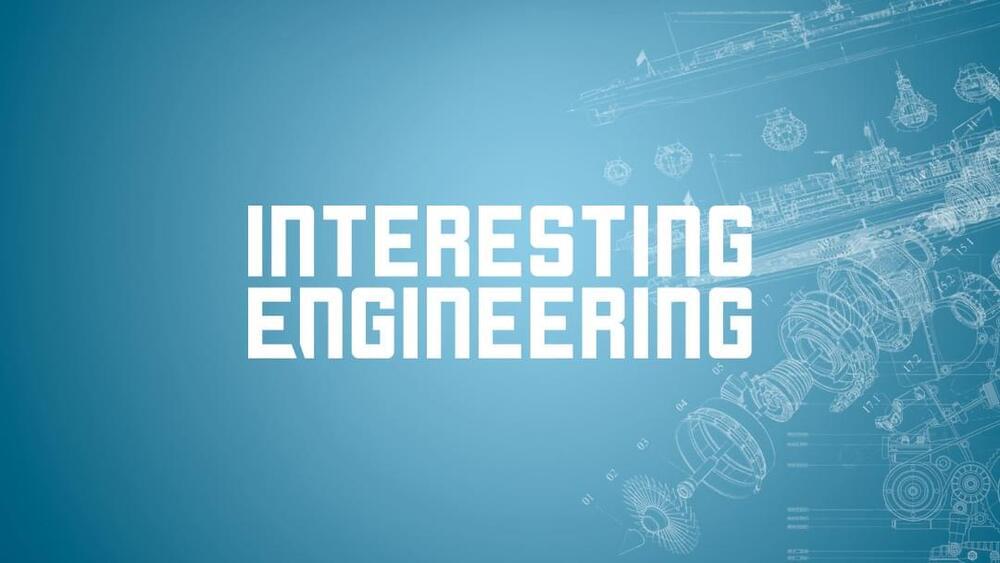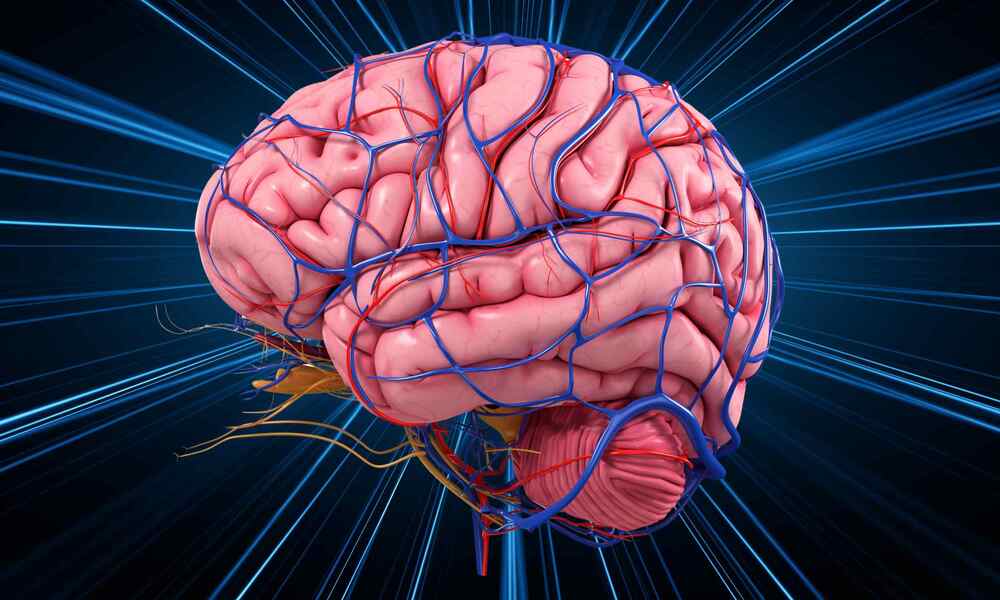Physicists explore particle scattering at tiny length scales.



“ tabindex=”0” acid UDCA can regulate tumor growth in mice with liver cancer. This discovery suggests that UDCA dietary supplements could offer a fast and effective way to improve outcomes for liver cancer patients.
Immunotherapy is an advanced cancer treatment that harnesses a patient’s immune system to target and destroy tumors. It has significantly improved outcomes for various cancers, including those of the lung, kidney, and bladder. However, its effectiveness against liver cancer has been notably limited—a concerning issue given that liver cancer rates have nearly tripled over the past 40 years.
Presenting the history of the brachistochrone problem, its role in the discovery and development of the Calculus of Variations and demonstrating how to solve the brachistochrone problem using the method of the Calculus of Variations.
Download notes for THIS video HERE: https://bit.ly/3sKXUGA
Download notes for my other videos: https://bit.ly/37OH9lX

New research using climate models provides fascinating insights into how environmental conditions influenced the evolution and migration of early humans.
One study uses deep-sea sediment cores to trace the climatic factors that enabled or hindered hominin settlement in Europe, while another study explores the interbreeding opportunities between Neanderthals and Denisovans due to shifting climates. These findings not only enhance our understanding of human history but also underscore the impact of long-term climatic changes on human habitats and interactions.
Climate Modeling and Hominin Evolution.
The jet winds are moving at nearly six times the speed of the exoplanet’s rotation.
The farthest planet from the Sun, Neptune, is the windiest place in the solar system, with winds that whip through at speeds reaching more than 0.3 miles per second (0.5 kilometers per second). That’s a relatively pleasant wind speed compared to a giant, puffy planet located around 500 lightyears away from Earth.
Supersonic winds on this exoplanet, designated WASP-127b, travel at a mind-bending 5.5 miles per second (9 kilometers per second). The speed of sound on Earth is roughly 0.21 miles per second (0.34 km/sec), making these winds supersonic by our terrestrial standards. The recently discovered extraterrestrial jet stream is the fastest ever measured on a planet, providing new insight into extreme weather that pummel other worlds.

F Y I [ https://exploredeepspace.com/](https://exploredeepspace.com/)
Find the latest news articles at Interesting Engineering. Our articles consist of current news stories, articles, and critical innovations in mental, physical for men and women, and more.

PRESS RELEASE — Today, the U.S. Department of Energy (DOE) announced $71 million in funding for 25 projects in high energy physics that will use the emerging technologies of quantum information science to answer fundamental questions about the universe.
This research will develop and deploy innovative solutions for scientific discovery by applying the unique capabilities and features of the quantum world to the challenges of making new discoveries in fundamental physics. Awards funded under this program will advance theories of gravity and spacetime, develop quantum sensors that can see previously undetectable signals, and build pathfinder experiments to demonstrate increased discovery reach in searches for dark matter and other new particles and phenomena.
“Quantum information science is opening up new ways for us to understand and explore the universe,” said Regina Rameika, DOE Associate Director of Science for High Energy Physics. “With these projects, we are supporting scientists in developing quantum technologies that will empower the next generation of theory and experiment in high energy physics.”

Researchers have discovered a new material called chalcogenide perovskite that could revolutionize solar cells.
